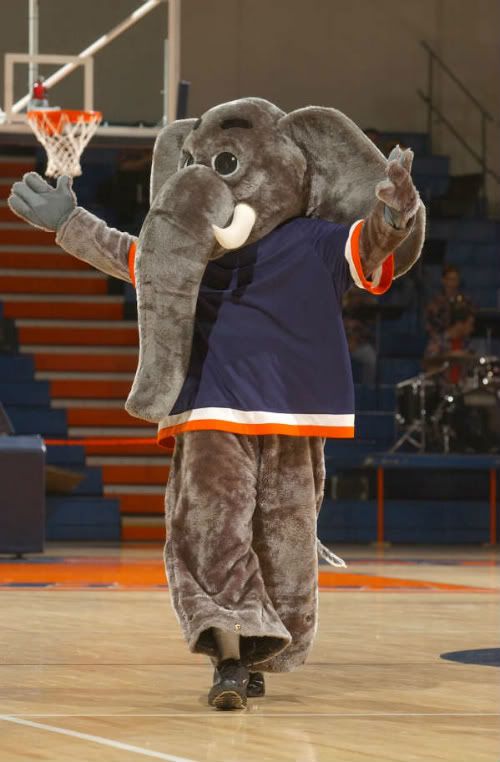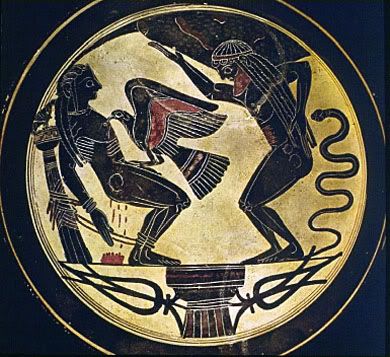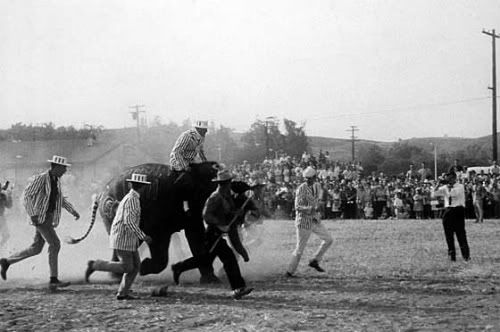
Ever since I was a student at Cal State Fullerton, I was confused about the mascot. CSUF are the Titans, and yet the mascot is Tuffy the Elephant. The titans were powerful greek gods who preceded Zeus and the Olympian gods. Zeus’ father was Kronos, a titan. Atlas, the god who supposedly held up the world, was a titan.
But my favorite titan was Prometheus. He is the god who gave the gift of fire to humans, thus kick-starting civilization. He was punished for this by being chained to a rock and having an eagle eat his liver every day. The eagle would eat his liver, it would grow back, and the eagle would come and eat it the next day, for eternity.

The full title of Mary Shelly’s Frankenstein is Frankenstein, or the Modern Prometheus. The myth of Prometheus, as one who defied the gods and gave humans knowledge, has a rich history in literature. The English Romantics of the 19th century, of whom Shelly was a member, loved Prometheus. But I digress.
In the early 1960s, when Cal State Fullerton was selecting its mascot, students chose an elephant. One of the main reasons for this was the First Intercollegiate Elephant Race which took place on May 11, 1962.
Why an elephant race at a college? The idea for the event began as a joke. The Dean of Students published guidelines for campus organizations and clubs and gave, as a silly hypothetical example, “Elephant Racing Club.” Some students from the Sigma Phi Omega fraternity thought it was a great idea, and began actually organizing it.
Gathering faculty and administrator support, the event took shape. They invited other colleges to participate in the elephant race, including Harvard. The event caught media attention and ultimately became a reality.
On May 11, 1962, 10,000 spectators and 89 reporters gathered on “Dumbo Downs,” a large dirt field near campus. 15 colleges were represented, each with an elephant and a rider.
CSUF historian Lawrence de Graaf writes, “The actual race was more a spectacle than an organized contest. Elephants, a motley group ranging from 77 pounds (a baby elephant) to three tons, were raced in three categories. Moreover, they inclined toward following their own instincts rather than the guidance of humans trying to get them to run down regular lines. Most of them never completed the course. Eight races were staged; some essentially parades in which the animals carried water buckets and flags in their trunks.”
The event was almost a disaster. De Graaf continues, “One moment of excitement came when the full-sized elephant from Long Beach State College broke into a gallop and veered 90 degrees into the spectators. Fortunately, everyone got out of its way in time and the driver eventually guided it back to the field.”
Because of all this, there was no clear “winner” of the elephant races. Harvard was awarded the prize of a golden shovel with “Super Duper Pooper Scooper” emblazoned on it, because it was the oldest university present.
The Elephant Races solidified the elephant as the Cal State mascot. The silliness of both the event and the mascot had both positive and negative effects. On the one hand, it put the newly-formed Cal State on the map, so to speak. On the other hand, “association with such an eccentric event coupled with the college’s proximity to Disneyland produced a stereotype of a college with frivolous foundations.” Some called Cal State “Disneyland Tech” and “Dumbo College.”

Source: The Fullerton Way: 50 Years of Memories at California State University, Fullerton
